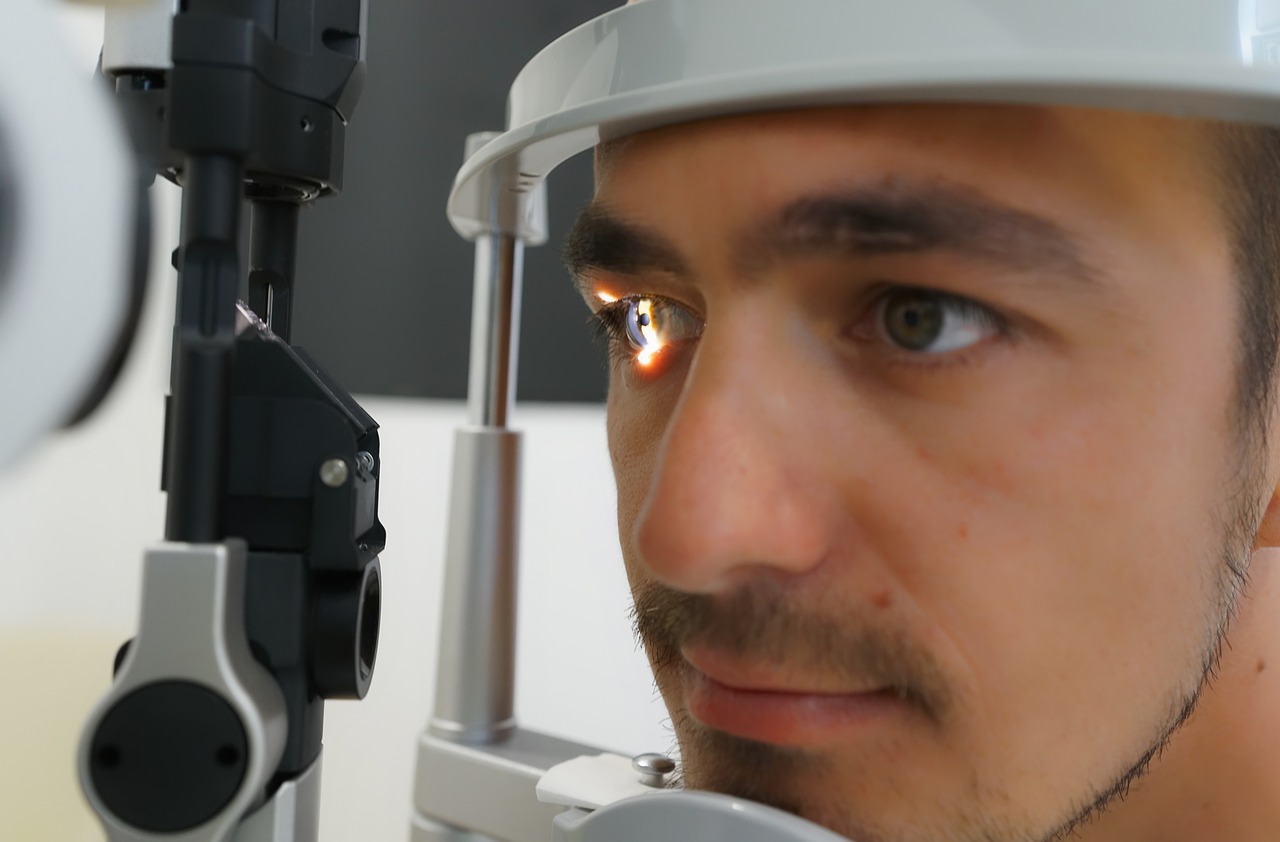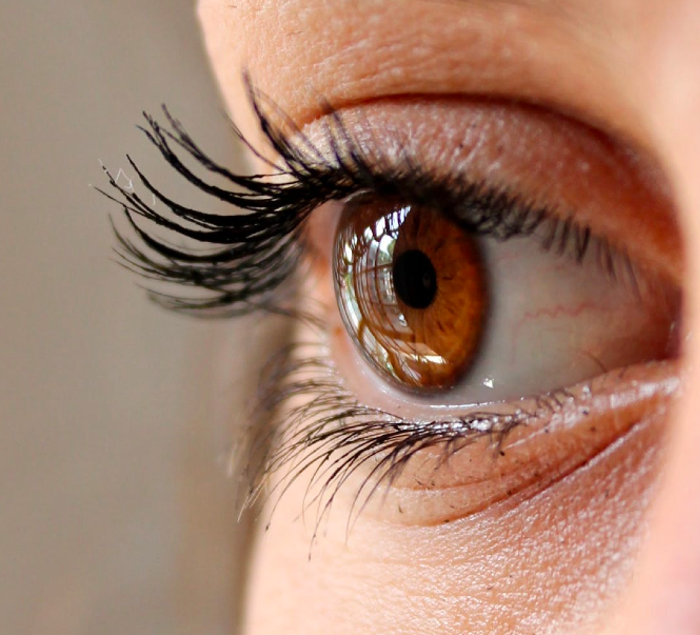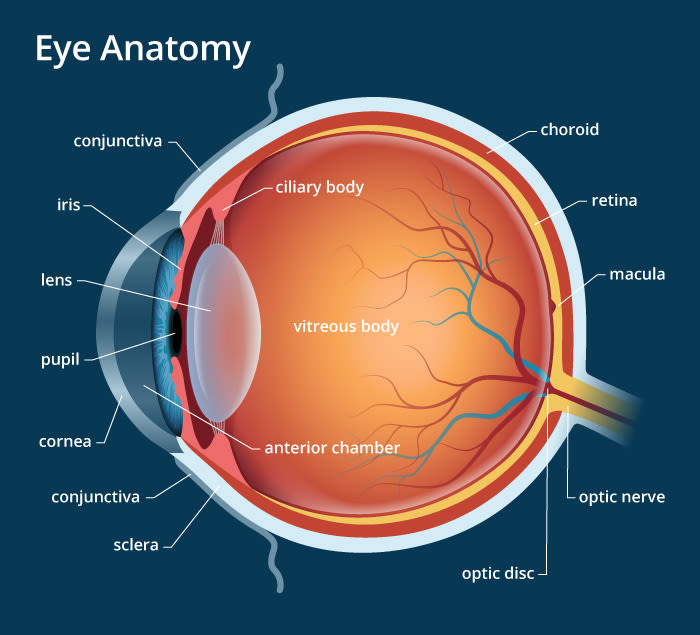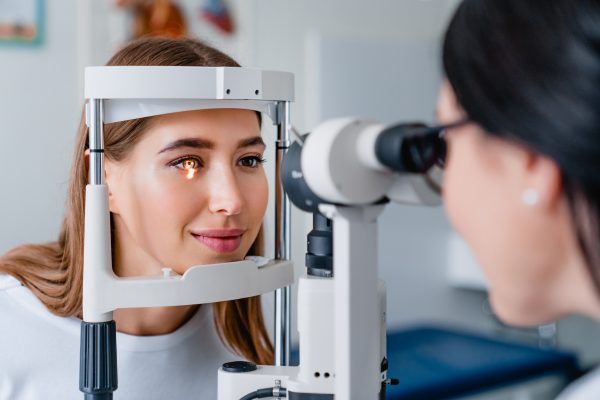How often do we truly appreciate our eyes and what they do for us? Imagine your eyes as a biological camera, meticulously capturing snapshots of the world and transmitting them to your brain for processing and interpretation. According to Medical News & Life Sciences, humans have binocular vision, meaning that both the eyes create a single combined image. Optical components create an image, which further gets perceived and interpreted by the brain via connecting neurons. The entire machinery works in quite an intricate manner.
Let’s dive into the intricate workings of each part of the eye and reveal how they impact your vision:
- Orbit: The eye is located in a bony socket within the skull, known as an orbit. Six extraocular muscles are located in the orbit, which attach to the eye to enable movement similar to looking side-to-side, up and down, and rotate the eye.
- Sclera: The white, visible area of the eyeball is called the sclera. It is durable and acts as a protective layer, covering most of the surface of the eyeball. The extraocular muscles are attached to the sclera.
- Conjunctiva: A thin layer of tissue covers most of the front surface of your eye and acts as a lining inside of your eyelid. When the eyes look red, it means that the blood vessels within the conjunctiva are larger than normal.
- Cornea: The front of the eye holds the cornea, which is like a glass lens that moves light into the eye. This clear part of the eye focuses the light so the image can reach the back of the eye. When taking a closer look at an eye, the cornea is the clear, bulging surface that forms the shape in the front of the eye.
- Lens: This part of the eye works in conjunction with the cornea to focus the light on the retina which is located in the back of the eye. The lens can change shape by getting thicker or thinner to adjust the clarity of what the person is seeing as it hits the retina.
- Ciliary Muscles: Around the lens, a circle of small muscles works to change the shape of the lens. These muscles relax or squeeze depending on the distance of the object. For example, if you are looking at something up close, then the ciliary muscles enlarge the lens. The muscles relax to thin the lens when you are focusing on distant objects.
- Retina: The retina is located in the back of the eye and contains rods and cones, helping you distinguish between a variety of colors (black and white both included). This area of the eye is actually a group of light-sensing cells, collectively referred to as the retina. When the image you are seeing is in the retina, it is turned into an electrical message that is sent to the brain.
- Macula: Located within the retina and helps with central vision so you can see details in the various images.
- Optic Nerve: When the electrical messages are received in the retina, they are sent along the optic nerve to reach the brain.
- Vitreous Humor: In the space between the retina and lens, this area is filled with a transparent, jelly-like substance. It helps to maintain the shape of the eye and protect the structure of the eye.
- Iris: Every person has a unique eye color that can be seen in the middle of the eye. This pigmented area is known as the iris, and the color is inherited genetically. The Iris also controls the amount of light that can enter into the eye.
- Pupil: In the center of the iris is the pupil, which is where the light enters. When you are in a dark environment, the pupils get bigger to adjust your vision. In brighter environments, the pupils get smaller to manage the amount of light that comes in. The diameter of the pupil usually ranges between 3 and 7 mm, depending on the light conditions.
- Eyelids: Eyelids block the light when you are sleeping and have an instinctual mechanism to blink, so the eyes stay moisturized.
- Tear Glands: In the upper eyelid, small glands provide the tears that keep the surface of the eyes moist and clean. This moisture is important for protecting your eye from damage.
- Eyelashes and Eyebrows: The lashes and brows around your eye work to block dust and sweat from getting in your eyes.
The different parts of the eye are all unique, but each is equally important to help you see. As changes occur in one or more parts of the eye, it can have an impact on your vision. For example, when the curve of the cornea changes, it affects the way the light is reflected in the retina, which in turn makes it difficult to focus on the things that you are seeing.
Other eye conditions can impact vision as well. Corrective lenses can be worn, such as glasses or contact lenses, which can adjust the way the light enters the eye and hits the retina. Or, some people choose LASIK eye surgery to improve their vision.
So, the next time you marvel at a breathtaking sunset or lose yourself in a captivating book, take a moment to appreciate the silent heroes – your eyes – that tirelessly work to paint the world around you in vivid detail.
However, if you are annoyed with having to wear itchy contacts or foggy glasses, we would like to share the benefits of LASIK eye surgery with you. Our team at LASIK experts are excited to meet you. Give us a call at 866.229.4570 or schedule a free consultation below!
Are You Curious About Your Eligibility For LASIK?

When considering LASIK, it’s crucial to consult with an experienced and qualified eye care professional who can assess individual needs and recommend the most suitable technology. Technological advancements and preferences among surgeons can vary, so discussing specific options with a knowledgeable eye care professional is essential for making informed decisions about vision correction surgery.
Your vision is very important to us and we want to make sure you have the information you need. Start your journey to better vision by scheduling a free LASIK consultation today! Find a Lasik Vision Institute location near you!

Find a LASIK Surgery Location Near You
We’re located nationwide – it’s easy to find a LASIK Vision Center near you.
Categories:





